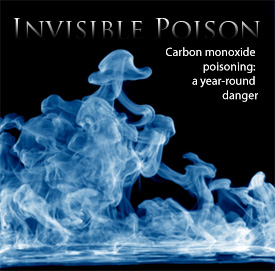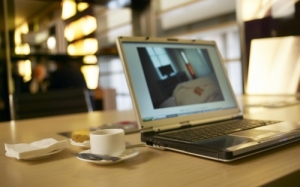  Recently designated one of California’s top “green hotels†by the California Department of General Services, the Hyatt Regency Mission Bay Spa and Marina has also been awarded the program’s “Leadership Level†status for its continued commitment to sustainability and conservation practices.
 Recently designated one of California’s top “green hotels†by the California Department of General Services, the Hyatt Regency Mission Bay Spa and Marina has also been awarded the program’s “Leadership Level†status for its continued commitment to sustainability and conservation practices.
“We are very proud to be leading the way in the hospitality industry to reduce waste, save energy and water and help conserve our beautiful state’s valuable resources,†said Alex Willow, Director of Sales at the Hyatt Regency Mission Bay. “Our hotel’s environmentally-friendly initiatives like the eco-friendly Blue Marble Spa and ‘Meet and Be Green’ program are just a few of the ways in which we continue to do whatever we can to help keep California green.â€
California’s Department of General Services Statewide Green Lodging Travel program encourages state and local government travelers to seek out and give preference to certified “green†hotels. To achieve the status of “Leadership Level,†the highest level of the state’s green lodging program, hotels must meet all of the following seven criteria:
• Waste minimization
• Reuse/recycling
• Energy Efficiency
• Conservation and management
• Waste management
• Freshwater resource management
• Hazardous materials management
• Environmentally and socially sensitive purchasing policies
Other ways in which the Hyatt Regency Mission Bay has demonstrated its commitment to being more kind to the environment include its Meet and Be Green program. It requires meeting planners and attendees to “go green†during their meeting, such as sourcing products with 100 percent recycled content, finding local suppliers, and maximizing efforts to reduce waste to create a meeting experience that exceeds expectations and helps the environment at the same time.
For more:Â http://www.hotelinteractive.com/article.aspx?articleid=19395











